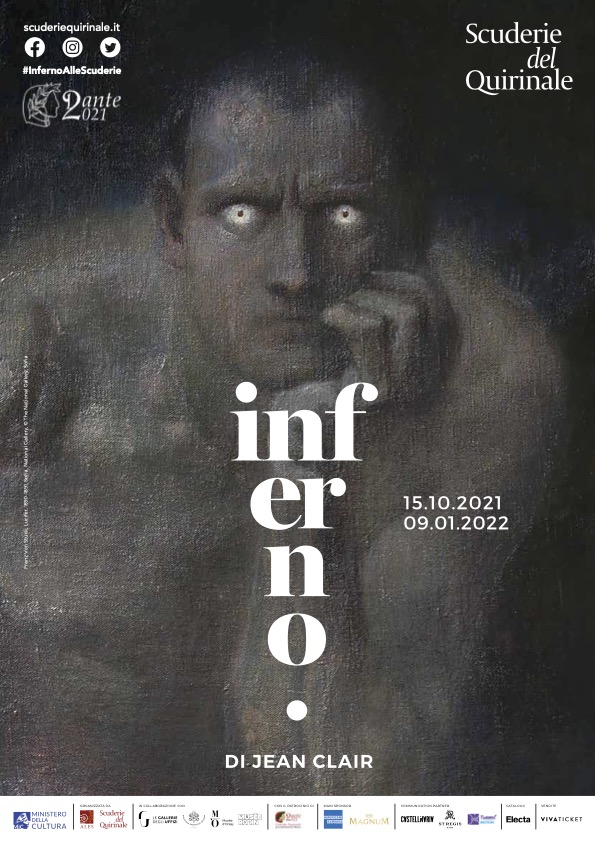Hell on Earth: the genocide
Se questo è un uomo (If this is a man) is a memoir of Primo Levi’s experience as a prisoner in the Buna-Monowitz concentration camp, a satellite of the Auschwitz complex, during the period from January 1944 to February 1945. Levi was one of the twenty-odd survivors out of the 650 Italian Jews who had arrived in the camp with him. The lucidity and precision of the prose make this a masterpiece of concentration camp literature.
The book was first published by Turin publishing house De Silva in 1947 and then republished eleven years later by Einaudi as a highly successful edition containing various additions and amendments. Rather than retyping the whole book, Levi submitted a copy of the De Silva edition with a cover featuring a Goya drawing. This copy was dedicated to his wife Lucia; on the title page, written in red pencil, are the words “A Lucia, 26 ottobre 1947” and the signature “Primo”.
Levi added new sections by gluing typewritten strips of paper onto the printed pages. Each strip, or new page, is sequentially numbered with a number corresponding to the number written on the page of the De Silva edition at the point in which the addition is to be inserted. On display here is the typescript of one of the most important additions. The final version of the book contains 30 extra printed pages, including a new version of the opening, a completely new chapter entitled “Iniziazione” (Initiation), along with other sections.
The book acquired its celebrated title when Franco Antonicelli, founder of the De Silva publishing house, suggested replacing I sommersi e i salvati (The Drowned and the Saved), the title chosen by Levi, with Se questo è un uomo (If This is a Man). The definitive title is explained in the poem opening the book, which is inspired by the ancient Shema prayer.



